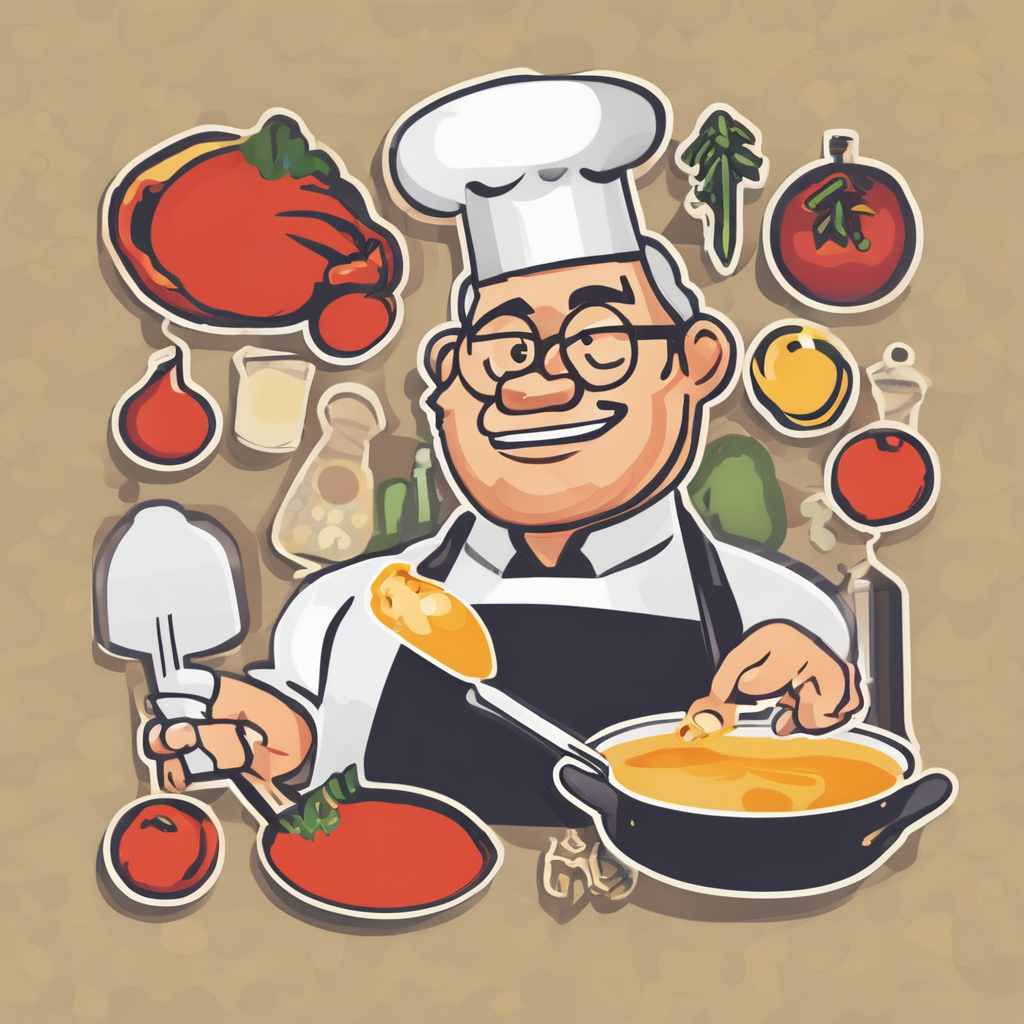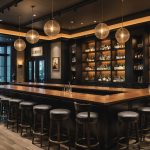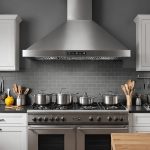Creating a captivating bar design requires more than aesthetics; it demands a balance between style and functionality. Thoughtful layout, striking decor, and smart lighting can transform a simple space into an inviting haven. Consider elements like seating arrangements and storage solutions to enhance both guest experience and operational efficiency. Explore key strategies that not only elevate your bar's visual appeal but also support seamless service. Let’s embark on the journey of designing a bar that embodies elegance and practicality, ensuring every visit leaves a lasting impression.
Essential Elements of Bar Design
Exploring the balance between form and function in bar design.
In the same genre : Eco-friendly tactics for restaurants: reduce your carbon footprint with smart practices
Key Components in Bar Design
When considering bar design essentials, it’s crucial to focus on both functional bar layout and bar aesthetics. A well-designed bar must seamlessly integrate these elements to create an inviting and efficient environment.
Functional bar layout ensures that the bar operates smoothly. This involves strategic placement of key components like the bar counter, seating, and storage. Efficient layouts facilitate quick service and enhance customer experience.
Also read : Delicious family dining: creative tips for creating a menu that appeals to kids and adults alike!
Balancing Aesthetics and Practicality
While functionality is vital, bar aesthetics play an equally important role. The visual appeal of a bar can significantly impact its ambiance and attract patrons. However, aesthetics should never compromise practicality.
Consider the following elements when designing a bar:
- Lighting: Sets the mood and highlights design features.
- Materials: Should be durable and easy to maintain.
- Color Scheme: Reflects the theme and enhances the atmosphere.
A well-thought-out functional bar layout combined with appealing bar aesthetics not only enhances customer satisfaction but also boosts operational efficiency. Striking a balance between these elements is key to a successful bar design.
Lighting Strategies for Bars
Illuminate your bar with the perfect ambiance.
Different Types of Lighting Suitable for Bars
Creating the right ambiance in a bar is essential for attracting and retaining customers. Various lighting fixtures can be employed to achieve this effect. Ambient lighting provides general illumination, while task lighting focuses on specific areas like the bar counter. Accent lighting highlights architectural features or decor, adding depth and interest.
Creating the Right Ambiance with Lighting
Strategically placed lighting fixtures can transform a bar's atmosphere. For an intimate setting, consider dimmable lights to adjust the ambiance based on time or event. Warm-toned bulbs create a cozy, inviting feeling, whereas cool-toned lights offer a modern, sleek look.
Examples of Effective Lighting Arrangements
Successful bars often use a combination of these lighting ideas:
- Pendant lights: Ideal for highlighting the bar counter.
- LED strips: Great for under-shelf lighting, adding a modern touch.
- Chandeliers: Provide an elegant focal point in upscale venues.
A well-planned lighting strategy not only enhances the bar's ambiance but also complements its overall design, ensuring customers enjoy their experience. By selecting the right lighting ideas, bar owners can create a memorable environment that encourages patrons to return.
Furniture Selection and Arrangement
Crafting a comfortable and efficient bar environment.
Criteria for Selecting Bar Furniture
Selecting the right bar furniture involves considering style, durability, and functionality. Prioritize materials that withstand high traffic and are easy to maintain. Opt for designs that complement your bar's theme while ensuring customer comfort.
Key Criteria:
- Durability: Choose robust materials like metal or hardwood.
- Style: Align with the bar’s aesthetics for a cohesive look.
- Comfort: Ensure seating is ergonomic and inviting.
Optimal Seating Arrangements for Various Spaces
The seating arrangement significantly impacts the bar's ambiance and functionality. Consider the space size and shape when planning layouts. For narrow spaces, linear seating along the bar maximizes room. In larger areas, mix high-top tables with lounge seating to accommodate different preferences.
Seating Tips:
- Linear Arrangement: Ideal for narrow spaces.
- Mixed Seating: Offers variety in larger bars.
- Spacing: Maintain adequate space for easy movement.
Maximizing Space While Maintaining Comfort
Efficient space optimization ensures patrons enjoy their visit without feeling cramped. Use multi-functional furniture, like stools that double as storage. Arrange furniture to facilitate smooth traffic flow, and avoid clutter.
Space Optimization Strategies:
- Multi-functional Furniture: Saves space and adds utility.
- Clear Pathways: Prevents congestion.
- Minimalist Design: Enhances openness and comfort.
Color Schemes and Materials
Exploring the influence of color and material choices on bar design.
Impact of Color Choices on Bar Atmosphere
Bar color ideas play a pivotal role in shaping the overall ambiance of a bar. Colors can evoke emotions and set the mood, influencing how patrons perceive the space. Warm tones like reds and oranges create a cozy and inviting environment, while cool tones such as blues and greens offer a calming effect. Selecting the right color scheme is essential for aligning with the bar's theme and enhancing customer experience.
Popular Materials for Bar Surfaces and Furniture
Choosing the right materials for bar surfaces and furniture is crucial for durability and aesthetics. Common options include hardwood, stainless steel, and granite. Each offers unique benefits: hardwood exudes warmth and elegance, stainless steel provides a sleek, modern look, and granite is both durable and luxurious. The selection of materials should complement the chosen color scheme to ensure a cohesive design.
Trends in Color Schemes for Bars
Current design trends highlight the use of bold color schemes that make a statement. Monochrome palettes are popular for their simplicity, while contrasting colors add vibrancy and interest. Incorporating natural materials like wood and stone into the design aligns with the trend towards sustainable and eco-friendly material selection.
- Warm Tones: Cozy and inviting
- Cool Tones: Calming and modern
- Natural Materials: Sustainable and stylish
By carefully considering bar color ideas and material selection, bar owners can create an engaging and memorable atmosphere.
Case Studies of Successful Bar Designs
Discovering inspiration from notable bar design examples.
Analysis of Notable Bar Designs
Examining successful implementations of bar designs provides valuable insights. One such example is the "Speakeasy Bar," known for its seamless blend of vintage and modern elements. The design inspiration here stems from its use of reclaimed wood and exposed brick, creating an inviting yet sophisticated atmosphere.
Key Takeaways from Successful Implementations
Bar design examples like the "Coastal Lounge" showcase the importance of harmonizing color schemes with the surrounding environment. This bar utilizes a palette of blues and whites to reflect its seaside location. Key takeaways from these successful implementations include the strategic use of space and materials, which enhance the customer experience.
- Reclaimed Wood: Adds warmth and character
- Exposed Brick: Contributes to a vintage feel
- Color Palette: Aligns with the bar's theme
Visual Examples to Inspire Design Choices
For those seeking design inspiration, the "Urban Chic" bar serves as a prime example. Its industrial aesthetic, characterized by metal accents and concrete surfaces, offers a contemporary take on urban style. These bar design examples demonstrate how thoughtful design can transform a space into a memorable destination. By exploring these successful implementations, bar owners can find design inspiration to suit their unique visions.
Common Pitfalls in Bar Design
Navigating potential challenges in creating the perfect bar.
Common Errors to Avoid
In the intricate world of bar design, certain design mistakes can hinder success. Overlooking the balance between aesthetics and functionality often leads to impractical layouts. Ignoring local regulations can result in costly adjustments. Additionally, poor lighting strategies can detract from the desired ambiance.
Challenges Faced During the Design Process
The journey of bar creation is filled with design challenges. Budget constraints frequently limit material choices, impacting the overall quality. Another challenge is maintaining a cohesive theme while integrating modern elements. Addressing these design challenges requires strategic planning and flexibility.
Tips for Troubleshooting Design Issues
To effectively troubleshoot design issues, consider these strategies:
- Consult Experts: Engage professionals to gain insights.
- Prototype Testing: Implement small-scale models to identify potential flaws.
- Feedback Loops: Gather input from staff and customers for continuous improvement.
"Design is not just what it looks like and feels like. Design is how it works." – Steve Jobs
By recognizing and addressing bar design mistakes, designers can create inviting, efficient spaces. Embrace innovative solutions to overcome design challenges and enhance the overall experience. Through thoughtful planning and execution, bar owners can successfully navigate the complexities of bar design.











